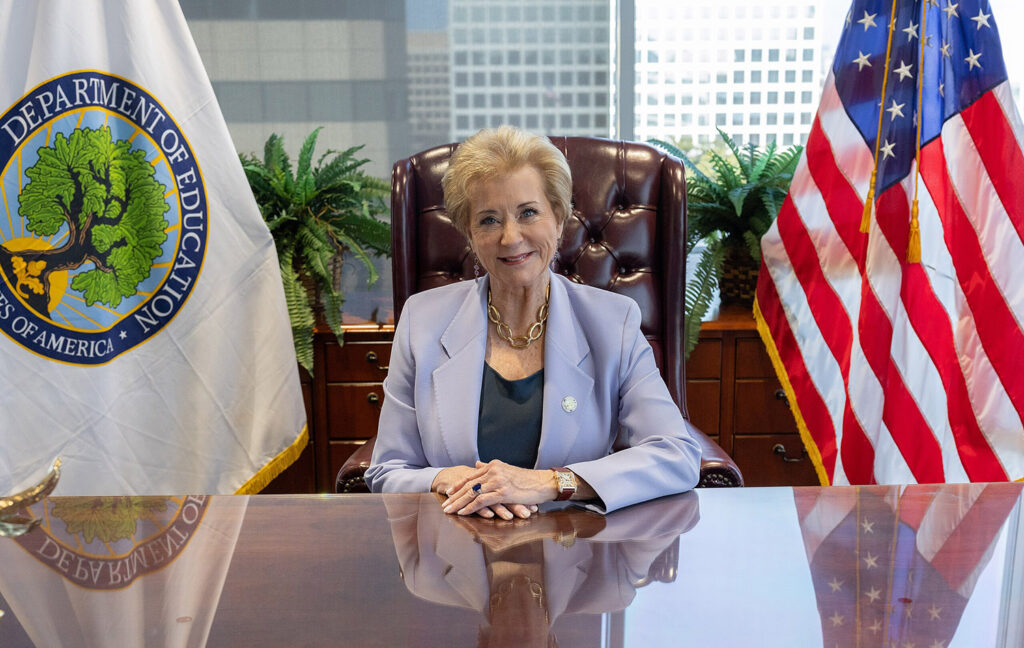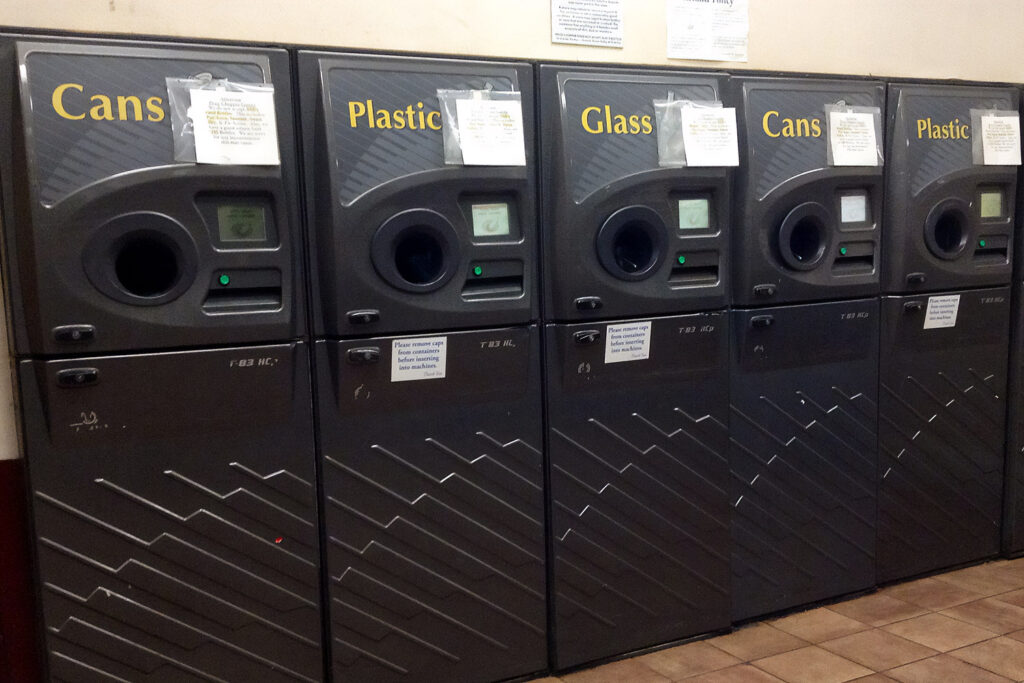In October 2022, Grand Rapids Public Schools approved a contract for $100,000 with a company called The Scholar First to provide what the district described as “equity-driven leadership development.”
InfluenceWatch, a conservative nonprofit watchdog, described The Scholar First as an organization “that provides critical race theory-aligned ‘antiracism’ workshops and faculty retreats on diversity, equity, and inclusion.”
The Grand Rapids district paid for the service using federal Covid pandemic relief money. Later that year, the district would spend more federal pandemic money to buy a $47,886 Ford cargo van for mail delivery and then pay Grand Valley State University $244,353 to conduct a Spanish course that included a study abroad experience for students.
None of those routine purchases were what taxpayers envisioned in March 2021 when President Biden signed the $1.85 trillion American Rescue Plan Act—known as ARPA.
At the time, Biden talked about “rebuilding the backbone of this country” and giving “middle-class folks” a “fighting chance” against a virus whose vaccine had been first delivered in Michigan just months earlier.
In April 2020, Michigan’s unemployment rate was 22.7% due to state-mandated lockdowns and stay-at-home orders.
ARPA was to provide “direct relief” to Americans and “rescue the economy,” according to the White House.
Instead, ARPA turned into a wish list for municipalities and school districts staring at an unprecedented expansion of government wealth under the guise of pandemic relief.
Now, almost two years after the U.S. national emergency ended in April 2023, it is back in the headlines.
U.S. Education Secretary Linda McMahon threw the proverbial red flag on some of these Covid expenditures in a March 28 letter she sent to the state education departments.
The federal education department revoked an extended deadline to approve more pandemic spending granted by the Biden administration.
In Michigan, it meant that McMahon’s department would rescind the last $40 million of federal pandemic money to Michigan schools. That’s $40 million out of an estimated $5.6 billion in federal Covid money K-12 schools received in this state—not even 1% of the total.
State Superintendent of Education Michael Rice said, “Districts may be forced to reduce instructional expenditures for students, diminish savings, or both to honor these contracts.”
But it certainly isn’t just public schools that have strayed from the original vision of pandemic relief that was told to taxpayers.
The city of Battle Creek approved ARPA money for improvements at city-owned parks. The improvements included automatic door latches for bathrooms, picnic tables, new benches, and a backstop for a softball field.
None of those expenditures sound like they could rescue the economy or rebuild the backbone of this country.
“According to the ARPA Final Rule, investments in outdoor spaces can qualify as eligible uses in several ways,” the city of Battle Creek said in response. “These include developing neighborhood features that promote improved health and safety outcomes, such as parks, green spaces, recreational facilities, sidewalks, pedestrian safety features like crosswalks, and other projects aimed at revitalizing public spaces.”
Superintendent Rice used similar reasoning when trying to retain that $40 million.
“These funds were approved to be spent on projects including heating, ventilation, and air conditioning (HVAC) systems, boilers, and windows,” Rice said.
Those are essential to any school building, but it also begs a question. Why is a new window a pandemic expense two years after the national pandemic emergency was canceled?
The federal government allowed municipalities until 2026 to spend their pandemic relief money. And from the looks of it, some local governments didn’t know how to spend the barrels of money they had received.
ARPA money had to be allocated—meaning contracts had to be inked—by Dec. 31, 2024, or it would be sent back to the federal government.
The City of Flint had its final city council meeting before that deadline on Dec. 16.
The city council had 10 resolutions that needed approval before the deadline 15 days later to qualify as a pandemic expense.
The projects varied from giving a nonprofit $36,000 to promote being a better father, giving another nonprofit $50,000 to pay off medical debt for low-income residents, giving $324,000 for tree removal and even using ARPA money to buy a $27,996 new gate for the police department fence.
Less than two miles down the road from Flint’s City Hall, that city’s public school district is at the forefront of the latest Covid funding controversy. It could lose $15.6 million in federal funding if McMahon doesn’t change her mind.
But it’s hard to feel sorry for Flint.
When the city had a desperately underfunded pension system, the state of Michigan gave it a $170 million bailout in 2023. And Flint Community Schools received $156 million in Covid relief funds. The school district used that pandemic relief money to give each of its unionized teachers a $22,500 bonus in 2021.
In the end, President Donald Trump’s administration has taken a different view on these Covid costs.
The U.S. Department of Health and Human Services recently announced that it was clawing back $11 billion in Covid infrastructure grants.
The DHS said in a release, “The Covid-19 pandemic is over, and HHS will no longer waste billions of taxpayer dollars responding to a non-existent pandemic that Americans moved on from years ago.”
Good.
Tom Gantert is a contributing writer for Michigan Enjoyer.



